As part of Changi Airport’s long-term commitment to grow sustainably and combat climate change, Changi Airport Group (CAG) is doing more to tap on cleaner energy sources for its day-to-day operations.
CAG is installing Singapore’s largest single-site solar photovoltaic (PV) system on all available rooftop areas across Changi’s buildings. However, compared to regular commercial, industrial, or residential sites, deploying solar PV systems at the airport brings a unique set of challenges due to its 24/7 operations.
Before installation can even start, careful planning is done to identify suitable lifting points at each building, taking into account the possible routes for heavy duty vehicles and height restrictions. The solar panels then had to be delivered in batches, due to the limited storage space available onsite. To add to the challenges, work can only be carried out at night during the off-peak hours between midnight and 5am to minimize disruption to road traffic and airport operations.
Changi Journeys takes readers on a behind-the-scenes look at how the team pulled everything together to complete the works smoothly.
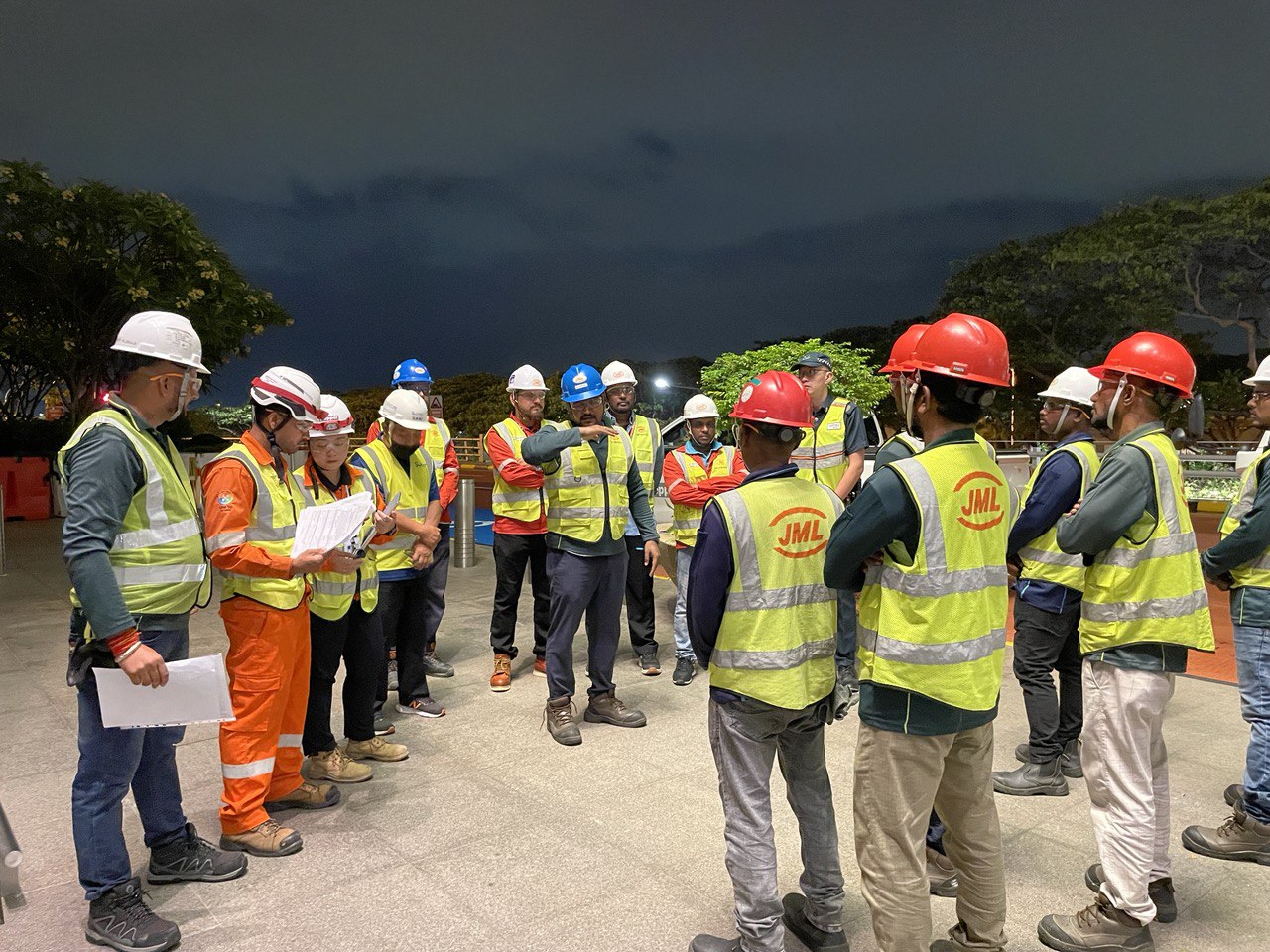


At 11.30 p.m., a safety briefing is conducted for workers prior to the start of the night’s work to ensure that they are familiar with all safety requirements.
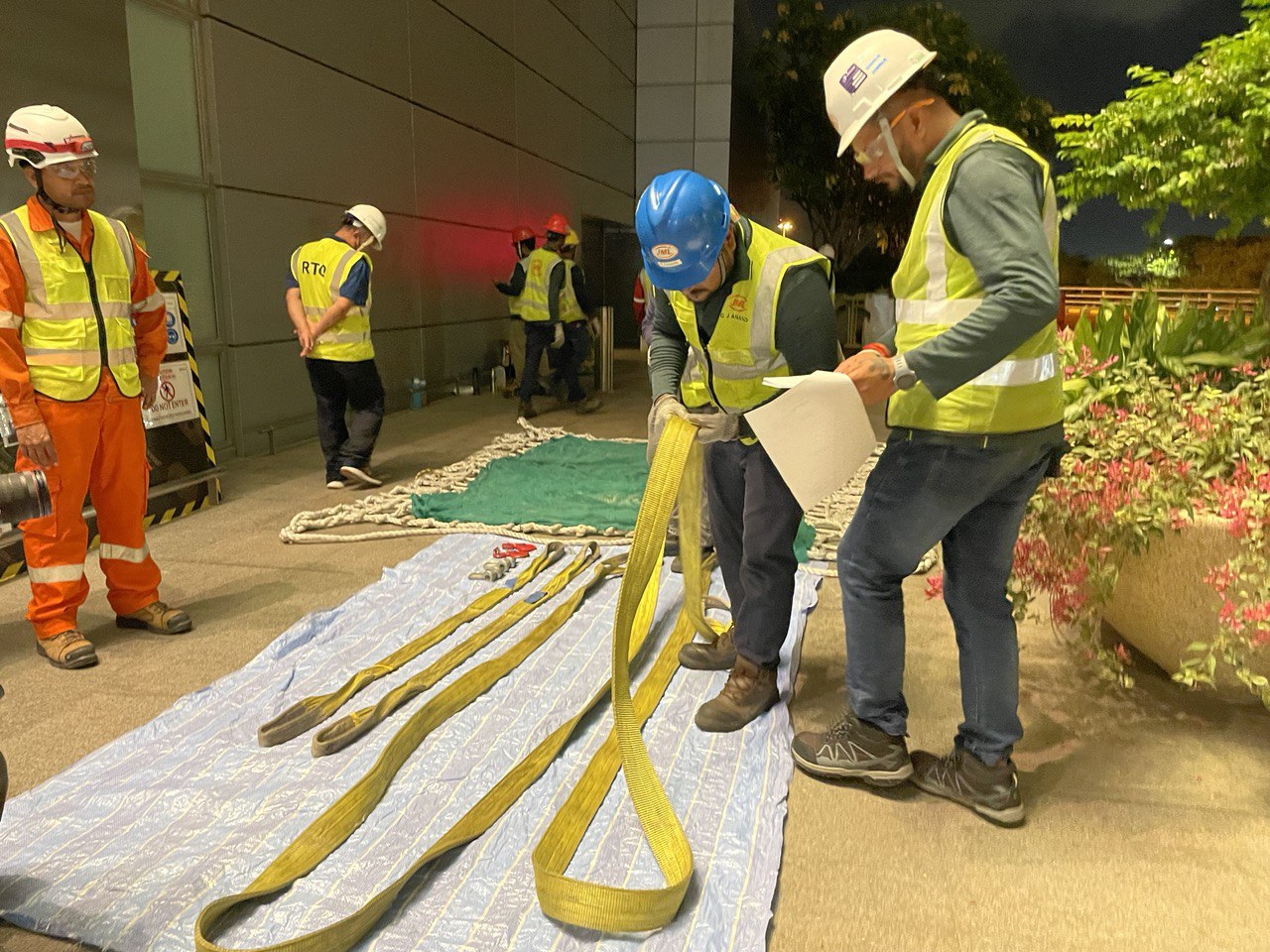


Safety checks are also conducted on the lifting equipment to ensure that they are in good working condition.
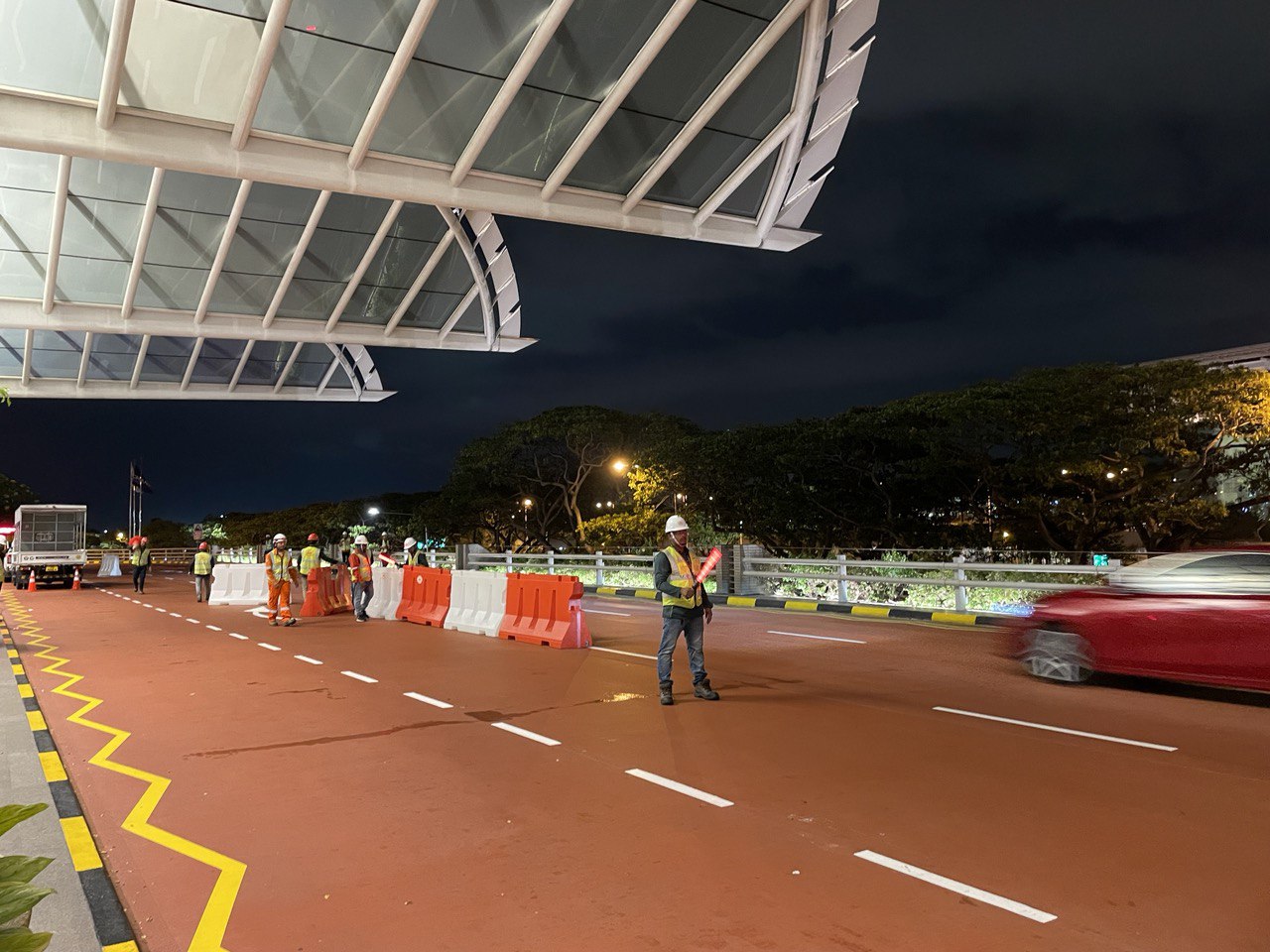


Around midnight, workers start to close off two of the lanes at the departure level to facilitate the arrival of the mobile crane and trucks delivering the solar panels.
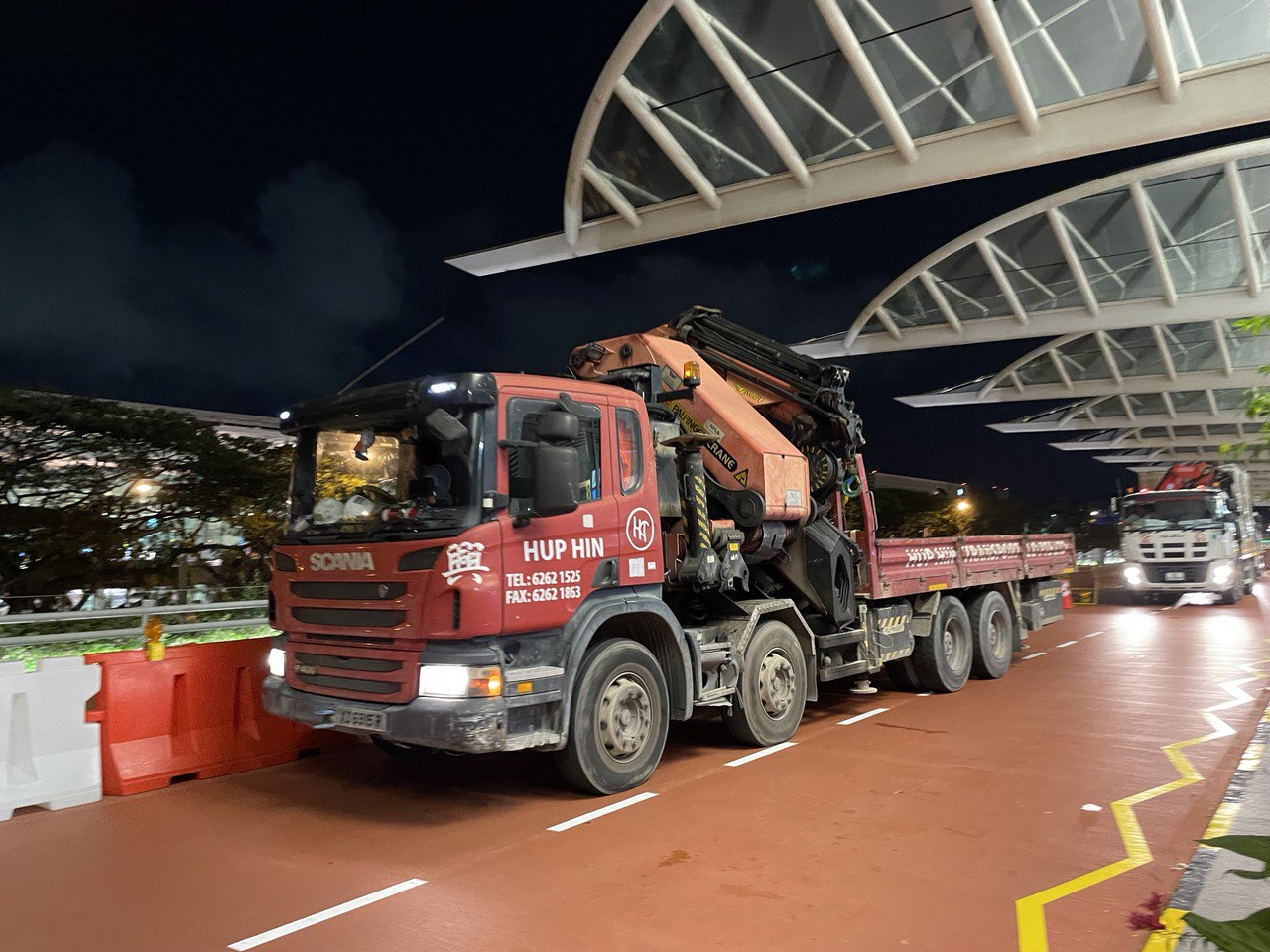


The mobile crane and trucks delivering the pallets of solar panels arrive.
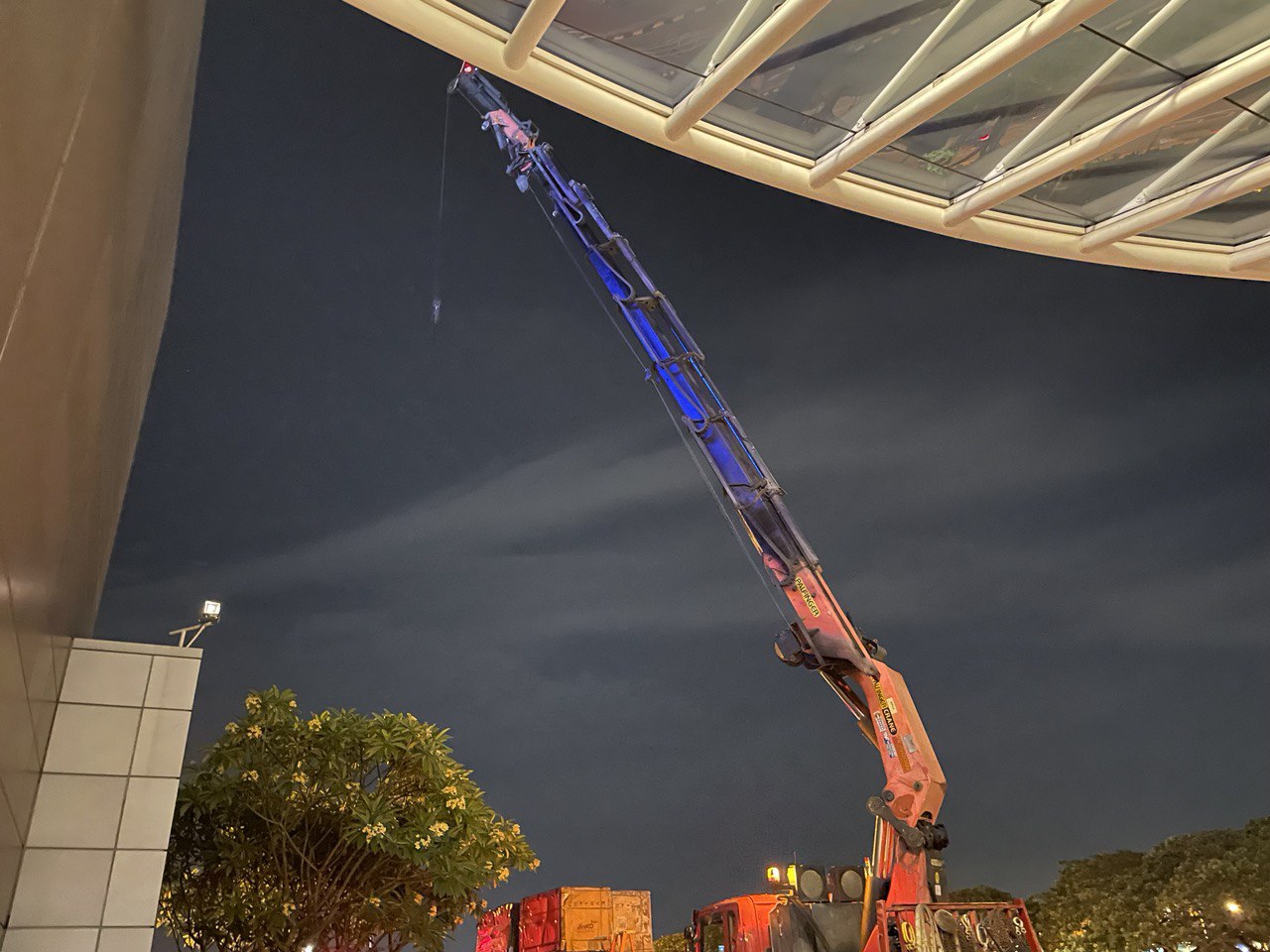


The mobile crane gets into position at one of the lifting points identified at Terminal 2.
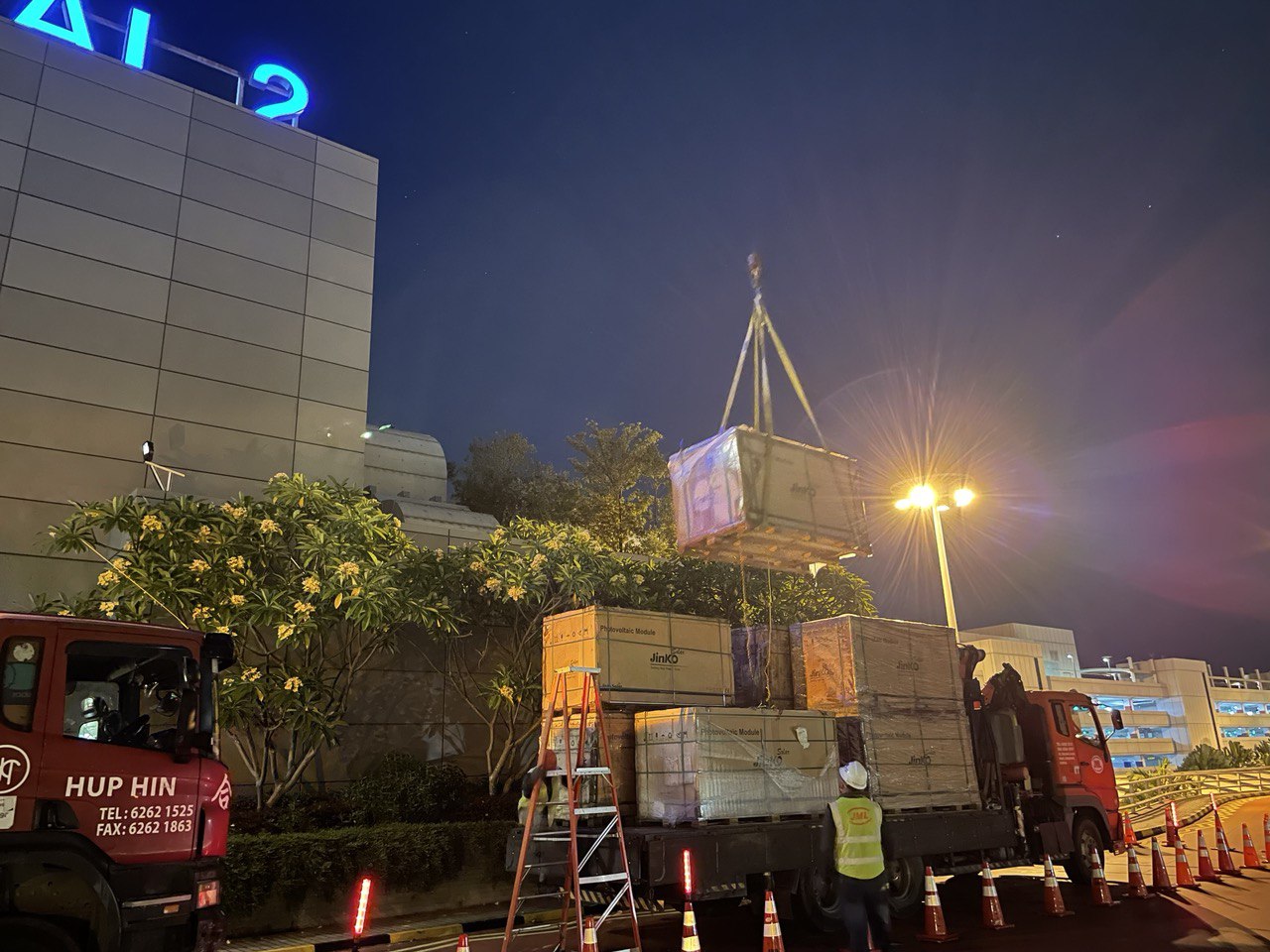


About 10 to 14 workers are stationed on the ground to facilitate the lifting of the pallets.
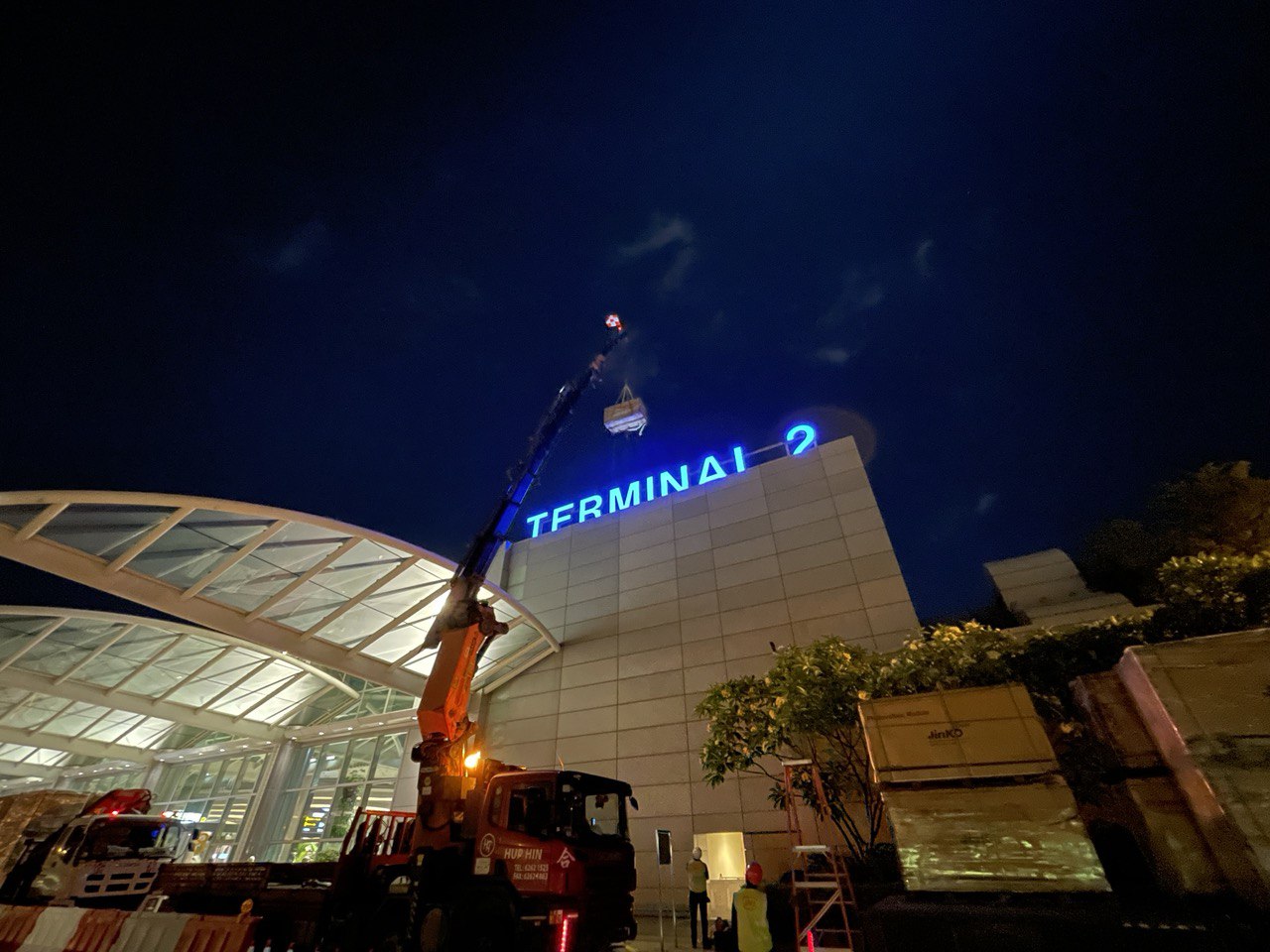


Steadily and carefully, the mobile crane operator lifts each pallet up to Terminal 2’s rooftop.
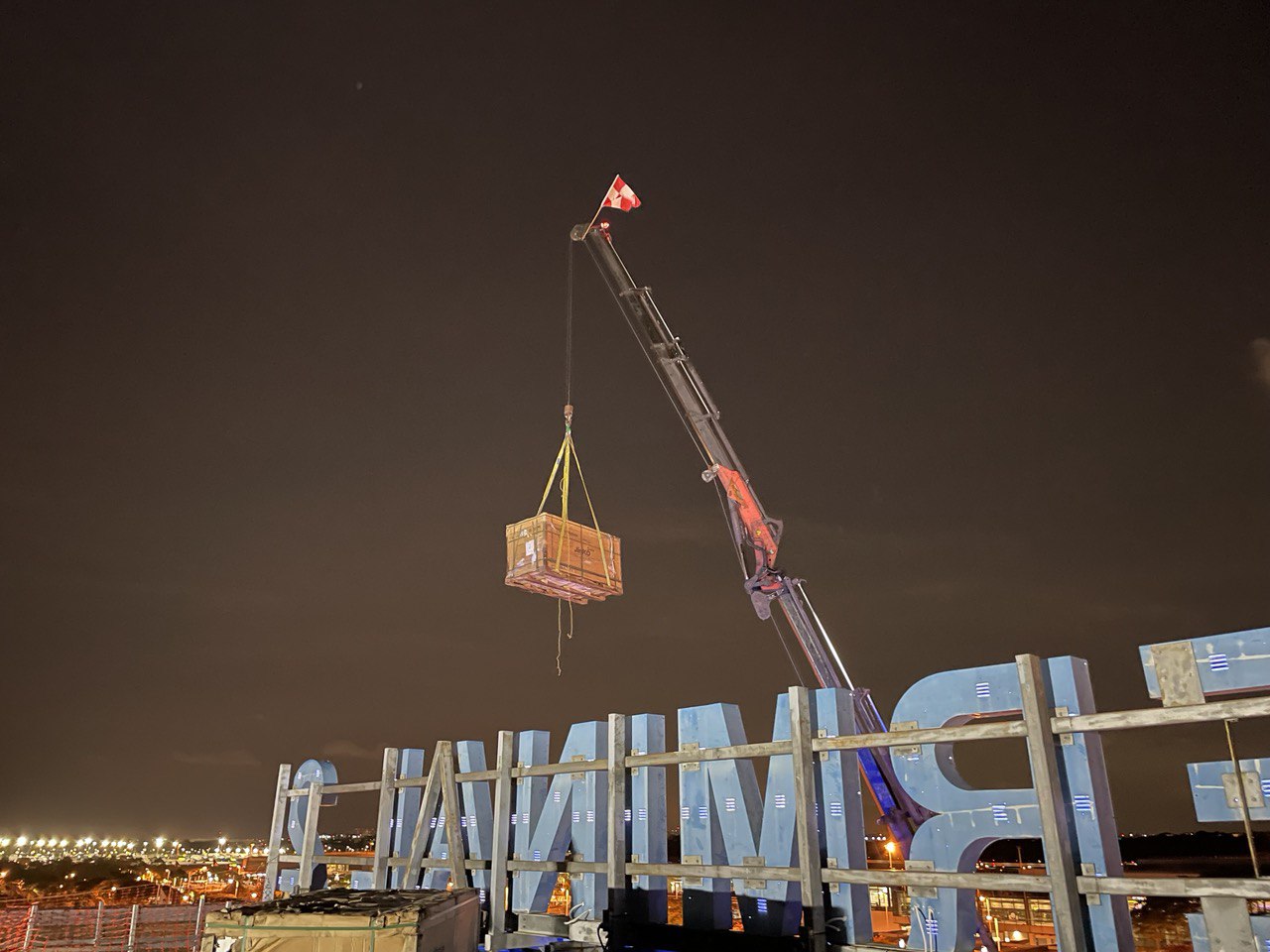


On the roof, another group of workers stand by to receive the pallets before moving them to their destined location.
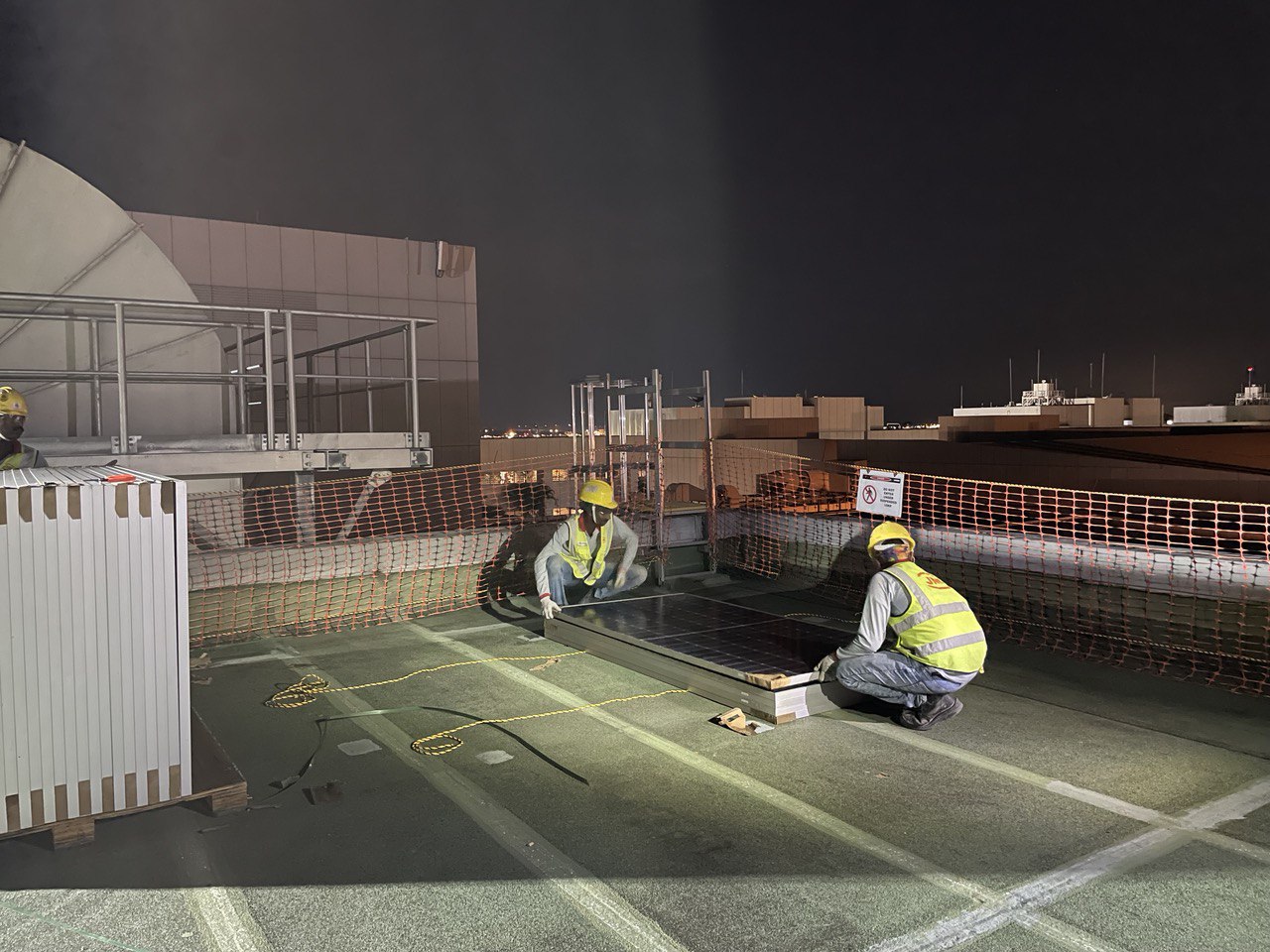


Once the solar panels are transported to their assigned roofs, they are unloaded and stacked.
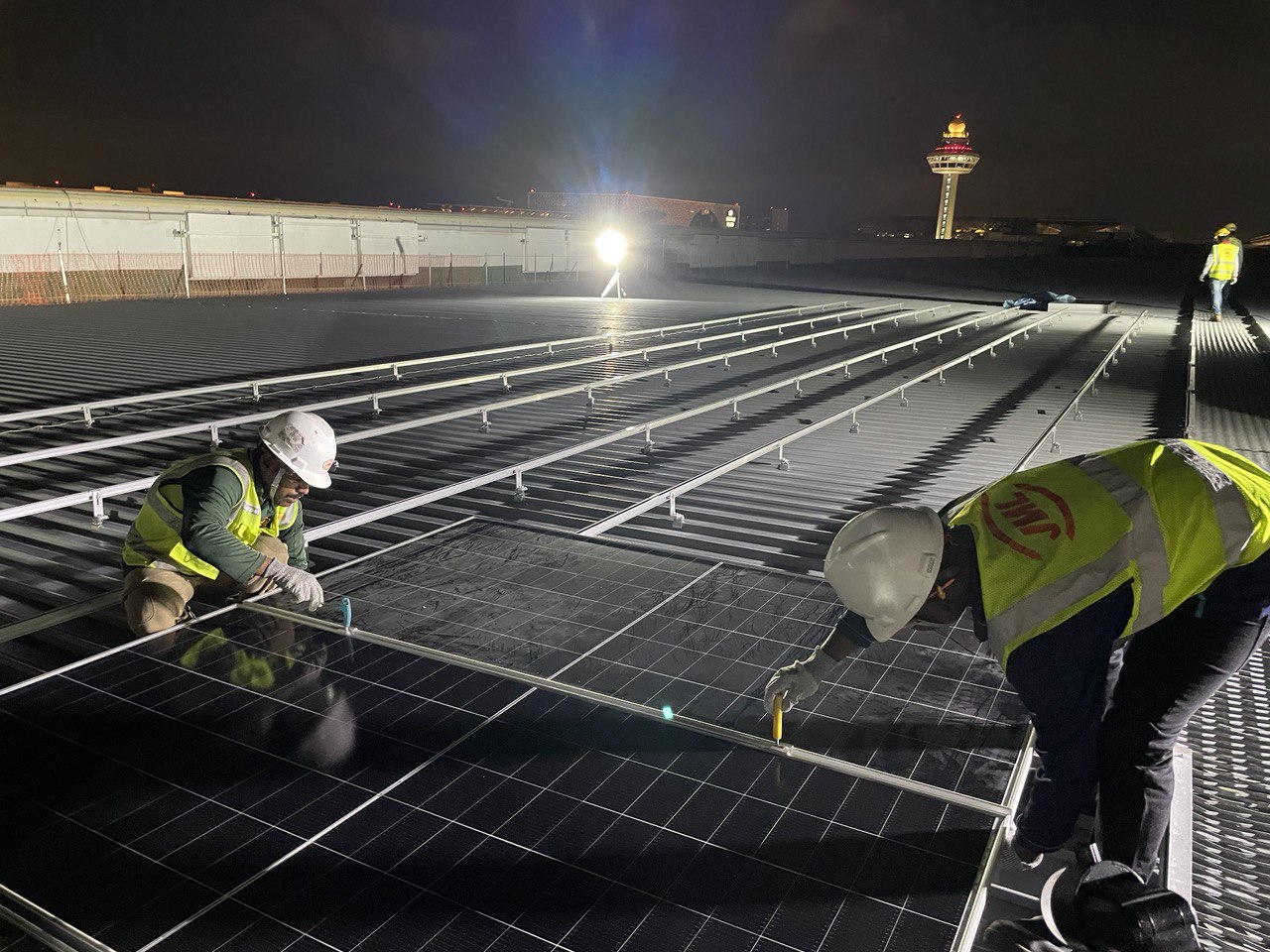


Over the next few days, this batch of solar panels will be progressively installed on prefabricated mounting structures, based on the approved design following a detailed glare analysis.
For this project, a robust analysis had to be conducted to ensure that the panels would not pose glare and glint problems to air traffic controllers and pilots. The analysis used a simulation to determine the amount of glare being generated from the solar panels, taking into account the location and heights of the roofs and control tower. At the same time, it also ensured that there was no interference with any communications, navigation, & surveillance (CNS) or meteorological signals.
Unlike typical projects which only require an average of two to four weeks, the glare analysis of Changi's system took 12 weeks to complete. This was due to the significantly larger area being occupied by Changi’s roofs compared to typical buildings in Singapore, as well as the additional factors that had to be incorporated into the analysis.
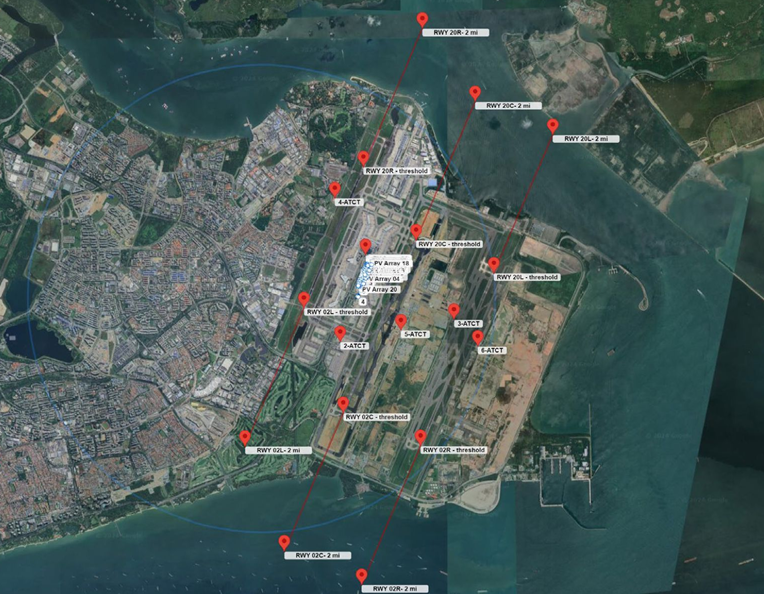


A screenshot of the glare analysis simulation, which took into account factors like the positioning of key infrastructure at the airport.
Throughout the installation process, the site supervisor also had to ensure that the angle of each individual solar panel was in line with the approved design, as different roofs each have their own tilt and structural profile. In addition, for panels facing the control tower, special attention was given to the potential glare that might be directed at air traffic controllers. Adjustments were then made to determine the optimal tilt of the panel and address any potential issues.
Thanks to the dedication of the project team, when completed in early 2025, the solar PV system on Changi’s rooftops will have a capacity of 38 MWp. Along with the airport’s other strides in clean technology, the system will play a key role in powering Changi towards a more sustainable future.
Other Articles
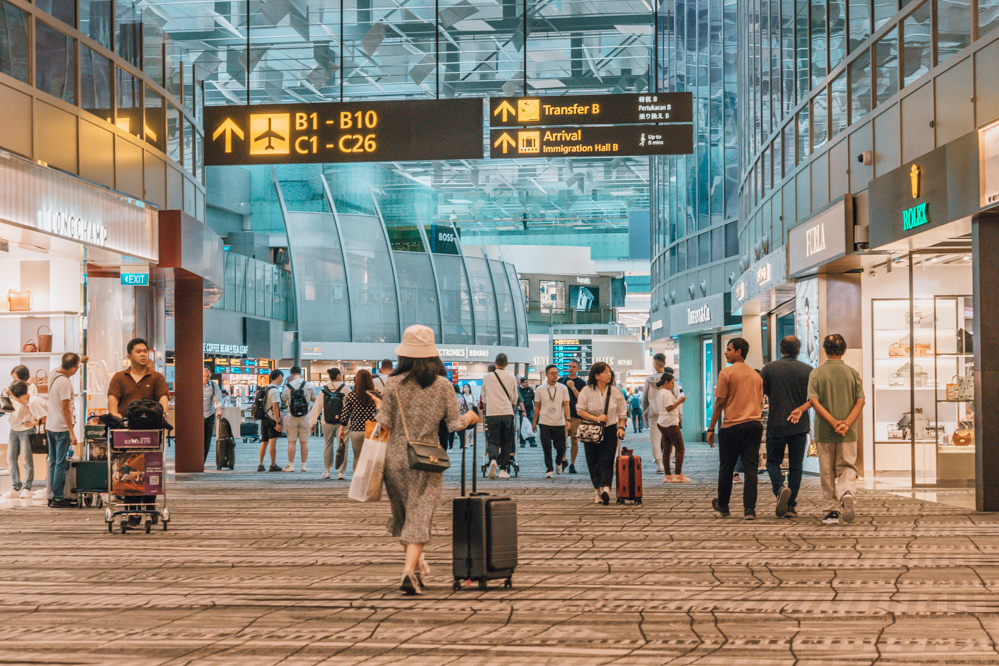
Revealed: How Changi delivers a memorable layover experience
For many, airport layovers can be stressful or boring affairs. Learn more about how Changi Airport works to change this perception by making the short stays of transit passengers as comfortable and memorable as possible.

Supporting ICA’s automated immigration clearance at Changi
CAG worked with ICA to facilitate their implementation of new automated lanes at Changi, to enable all foreign visitors to clear immigration smoothly, without need for manual assistance.
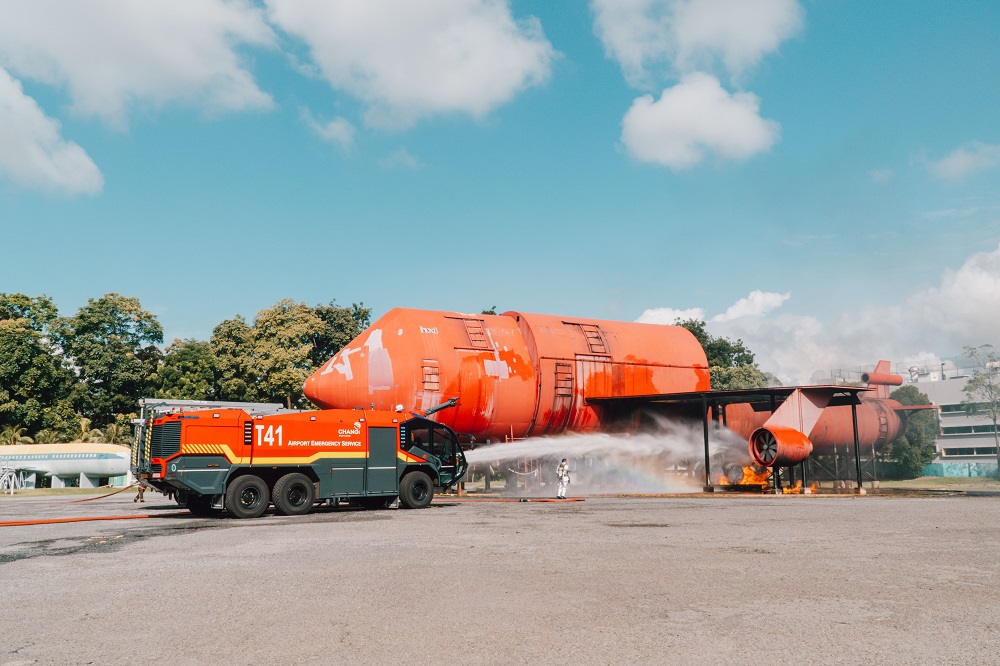
On LinkedIn@ChangiAirport
Learn how CAG’s Airport Emergency Service team remains ever-prepared for real-world emergencies, making use of mocked-up aircraft structures to train for such scenarios.


